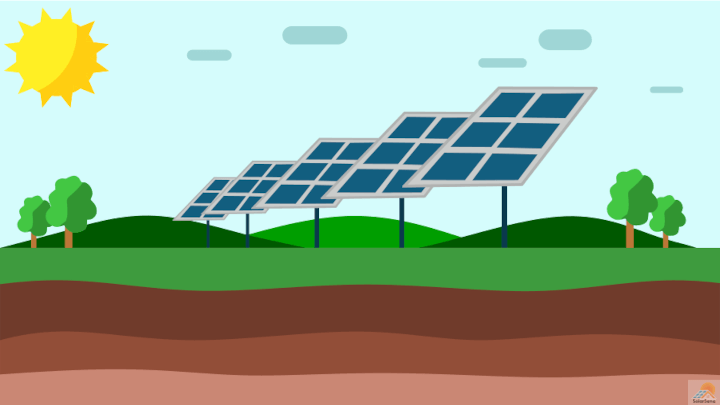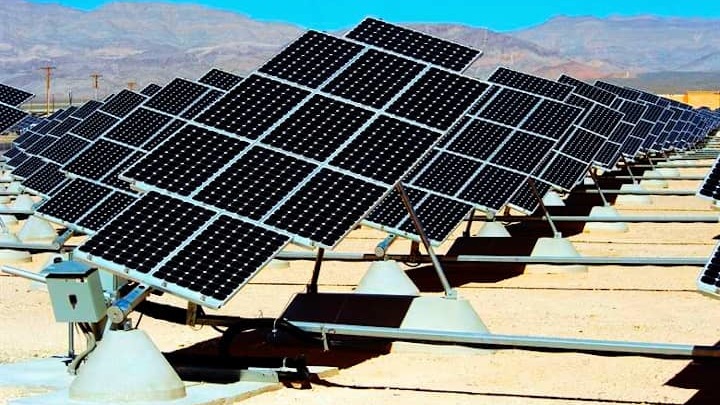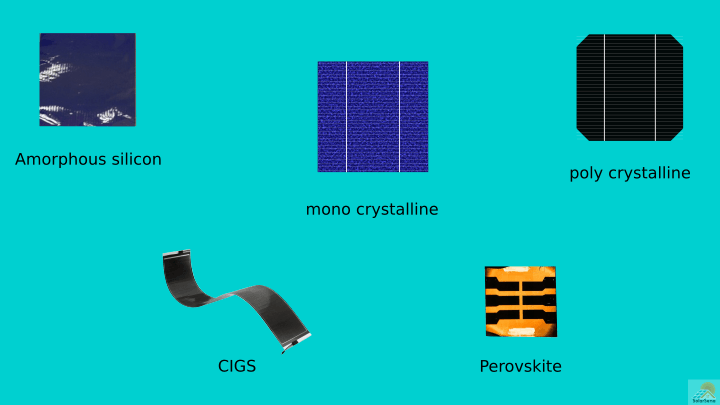Sun Diagrams are powerful tools that help people understand more about the start that makes life on Earth possible. It would be pretty cool if we could see the sun up close, unfortunately, that’s not possible. I’m sure you’ve seen one before. If none of your science books at school contained a sun diagram, what were you even learning? These images can range from standard to detailed, but what’s the use if you don’t understand what you’re looking at? In this article, you’ll get to read more about sun diagrams. I explain how these images help us understand solar power better and discuss common questions about the sun and solar energy.
What Is A Sun Diagram?
Sun diagrams tell us more about this magnificent star that keeps us alive. It shows the different parts of the sun, and some can even explain how each works. These diagrams are helpful when you’re trying to gain more knowledge about the sun or if you have a science project that includes it.
What A Sun Diagram Shows Us About This Star
When viewing a diagram of the sun, you’ll typically see six different parts marked. Each part of the sun plays a vital role in its existence. Here’s a little more about them!
Inner Core: The inner core sits in the middle of the sun. It’s shaped like a ball and mainly made of iron. This ball is scorching hot at about 9 392°F. This part of the sun is what drives it. The core generates about 99% of the nuclear fusion processes that keeps the sun alive.
Radiative Zone: Just outside the core lies the radiative zone. This area is made of densely packed helium and hydrogen. Scientist estimate that it’s about 1.8 million miles thick!
Convection Zone: The convection zone is responsible for separating cooled and heated gasses that travel to the surface of the sun. This is also where photons are created. The convection zone is considered the outermost layer of the sun’s interior and is predicted to be about 1.2 million miles thick.
Photosphere: Most of the sun’s light that reaches Earth comes from the photosphere. It’s the innermost layer that we can observe. The photosphere is estimated only to be about 310 miles thick.
Chromosphere: The chromosphere is responsible for conducting heat from the sun’s interior to the corona. Scientists have measured it at about 6 000 miles thick.
Corona: The corona is the outermost layer of the sun. It drives the solar wind that travels through our solar system. Strangely enough, this part of the sun is considered the hottest. Due to its high temperature, it can force ions to move up to 6 million miles per hour!
Sun Diagram: Which Part of the Sun Produces Sun Rays for Solar Power Production?
The sun’s core is responsible for producing sun rays and, in effect, solar power. Within the core, fusion occurs. The core is made from hydrogen and helium that collides and creates helium atoms. The amount of energy produced through this chain reaction is unimaginable!
What we see of this on Earth is sunlight. The electromagnetic radiation produced by the sun is in the form of infrared, visible, and ultraviolet light. Sunlight is only a portion of this light that forms and scatters once it enters our atmosphere. The sun produces enough sun rays to power more than 2 trillion light bulbs per hour. While it’s shining, your solar energy will always be enough. If you have a battery setup, you can charge them fully within a few hours.
Why Doesn’t Everyone Use Solar Power?
Generating energy from the sun is free, but the setup you need to do this isn’t. While it would be ideal if the entire plant used solar power, it isn’t realistic. There are many other sustainable ways to generate energy, which should be incorporated into our grid. The initial cost of setting up sustainable power stations is unbelievable. However, I think it’s possible. Replacing one power hub generating electricity with fossil fuel will make a huge difference. In time, this could happen to all of them.
The sun will continue to shine for billions of years. There’ll definitely be enough energy for us to harvest. Still, using wind or hydropower is beneficial too. If it’s possible to erect these stations, I think this should be done to complement solar power instead of competing with one another. Why countries have not implemented a change to solar and other sustainable power sources on a big scale baffles me.
Sun Diagram: Three Interesting Facts
- Solar energy is light and heat. Both are produced by the sun and emitted as electromagnetic radiation. Solar panels capture this radiation and convert it into usable heat or electricity.
- Although it may seem like the sun doesn’t reach colder regions, the light seen in these areas is enough to produce solar power.
- The higher your solar panels are, the better they’ll generate solar power. Solar panels installed in mountainous areas have shown great success!
What Is A Sun Path Diagram?
Sun path diagrams are images depicting how the sun will shine upon certain regions. This is valuable when you’re planning a garden or building a structure. You can use a sun path diagram to plan better and create a more efficient house, office building, or farm.
In Ending
The sun might not be the only star in our Milky Way, but it’s one of the most interesting. While it’s considered a dwarf star, it’s humongous! Without the sun in the middle of our solar system, we wouldn’t be here. We literally owe our existence to this large, bright, energy ball. Thanks to advanced technology, we can use the sun’s power for even more than just existing. It can help us generate electricity to keep modern-day devices powered – a luxury most people wouldn’t be able to survive without either! I hope this article was informative and that you enjoyed reading it. If you have more questions about the sun, ask them in the comments.





